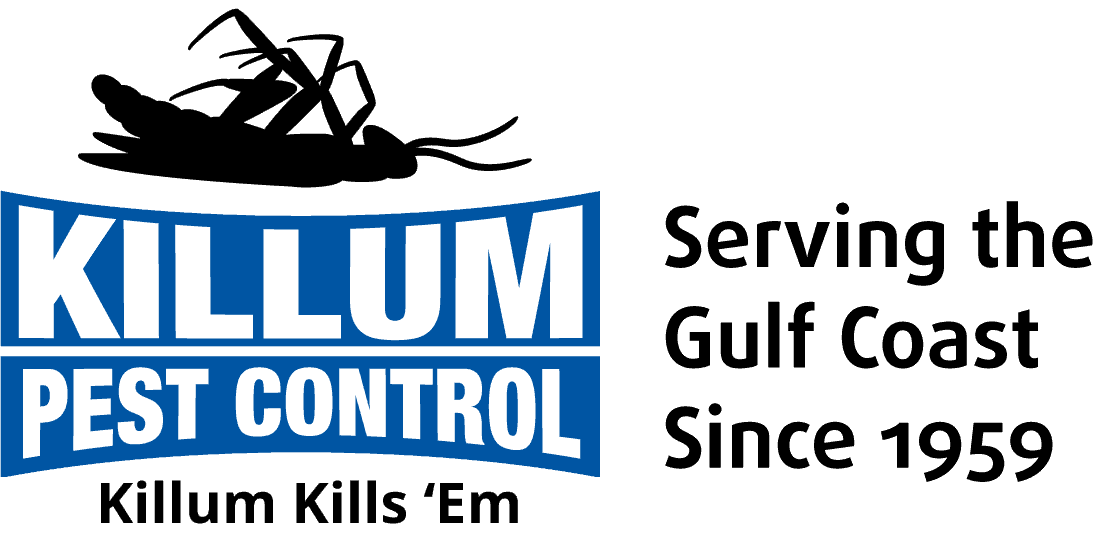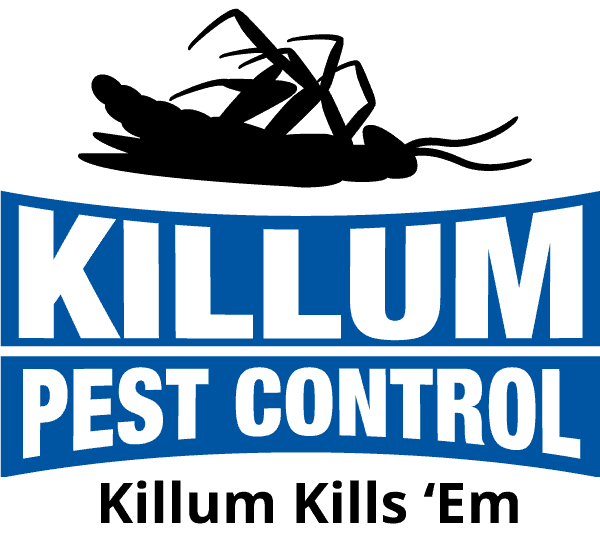The diverse Texas ecosystem is home to a wide variety of pests that can wreak havoc on your residence or commercial property. Being able to identify these pests and taking effective preventive measures are the primary steps in maintaining a pest-free environment. In this comprehensive guide, we will help Texans understand the common pests found in the region and provide effective strategies for prevention.
From tiny ants to destructive termites, knowing the signs and characteristics of various pests is crucial in early detection and swift action. This guide will not only help you in recognizing these unwelcome guests but also offer valuable tips on how to minimize their impact on your property. So, stay with us and gain the knowledge you need to protect your home or business from the most common pests found throughout Texas.
1. Identifying and Preventing Common Ants in Texas
Various species of ants are commonly found in Texas, such as fire ants, carpenter ants, Argentine ants, and tawny crazy ants. Being able to differentiate between these species is essential in determining effective countermeasures.
– Fire Ants: These reddish-brown ants are known for their painful sting. They build large mound-like nests in disturbed soil, particularly in sunny areas. To prevent fire ant infestations, manage potential nesting sites by keeping your yard tidy and well-groomed, and treat infestations with targeted bait products.
– Carpenter Ants: Large, dark brown to black ants that hollow out wooden structures for nesting, potentially causing severe property damage. Prevent carpenter ants by sealing gaps and cracks in your home and regularly inspecting for signs of damage or sawdust-like debris.
– Argentine Ants: Light to dark brown ants notorious for invading homes in search of food. They primarily feed on honeydew produced by aphids but will also consume household foods. To prevent Argentine ant infestations, maintain a clean living environment by eliminating crumbs and other food sources.
– Tawny Crazy Ants: Known for their erratic, rapid movements, these reddish-brown ants can cause electrical damage and displace native wildlife. Tawny crazy ants can be difficult to control; it is recommended to consult a pest control professional for help.
2. Combating Common Texas Cockroach Infestations
Texas is home to several species of cockroaches, such as the American, German, Oriental, and Smokybrown cockroaches. Regular inspection and sanitation measures are crucial in their prevention.
– American Cockroach: Reddish-brown and large (1.5 inches), they are common in sewers and basements. Prevent American cockroaches by sealing entry points, removing clutter, and promptly cleaning up food debris.
– German Cockroach: These small (0.5 inches), light brown cockroaches are known for their opportunist nature in invading homes and businesses. Keep them at bay by maintaining a clean living space, sealing gaps and cracks in walls, and storing food properly.
– Oriental Cockroach: Dark and shiny black, these cockroaches are often found in damp areas such as basements and crawlspaces. Keep areas around your home dry, well-ventilated, and free of debris to prevent Oriental cockroach infestations.
– Smokybrown Cockroach: Dark brown and around 1.25 inches long, they prefer to live outdoors in woodpiles and tree bark. Control their population by eliminating harborage sites, sealing entry points, and maintaining yard cleanliness.
3. Stopping Texas Rodent Invaders: Mice and Rats
The two most common rodents in Texas are the House Mouse and the Roof Rat. Their ability to spread diseases and damage property makes combating them crucial.
– House Mouse: Small and gray, house mice invade homes in search of food and shelter. Minimize their presence by sealing gaps and cracks, storing food in sealed containers, and employing mechanical traps.
– Roof Rats: Dark brown, agile, and often found in attics or roof spaces, their prevention methods are similar to house mice. Seal potential entry points, reduce clutter, and trim branches that could provide access to your roof.
4. Dealing with Mosquitoes and Fleas in Texas
Mosquitoes and fleas are both biting pests that can cause discomfort and spread diseases, making prevention critical to a comfortable living environment.
– Mosquitoes: Breed in standing water and are known disease vectors. Remove standing water sources, apply repellent while outdoors, and use screens on windows and doors.
– Fleas: Tiny, dark, wingless insects that feed on blood, often targeting pets. Prevent flea infestations by regularly treating your pet with flea control products, vacuuming frequently, and washing pet bedding.
5. Termites: Identification and Prevention
Termites can cause severe structural damage due to their wood-consuming habits. Subterranean and Drywood termites are the two most prevalent types in Texas.
– Subterranean Termites: Build mud tubes and nest underground, often invading homes through foundation cracks. To prevent subterranean termites, reduce wood-to-ground contact, maintain a well-ventilated crawl space, and have yearly inspections by a pest control professional.
– Drywood Termites: As the name suggests, they infest dry wood, often without direct soil contact. Prevent drywood termite infestations by sealing potential entry points, installing durable and termite-resistant wood, and inspecting any wooden structures or furniture for signs of infestation.
6. Identifying and Preventing Bed Bugs in Texas
Bed bugs are small, brownish insects that feed on human blood. They can be a significant nuisance, as their bites cause itching, discomfort, and potential skin infections. Be vigilant in checking for signs of bed bug infestations in your home, especially your bedroom. Look for tiny black fecal spots, small red bloodstains, and translucent shed skins. Prevent bed bugs by cleaning and laundering your bedding regularly, reducing clutter, and inspecting luggage and clothing after traveling.
By keeping a watchful eye on your surroundings and employing these preventive measures, you’ll stand a much stronger chance in protecting your property from unwanted Texas pests.
Protect Your Texas Property with Killum Pest Control
Properly identifying and understanding the habits of common Texas pests are crucial steps in preventing damaging infestations. By following the prevention methods outlined in this guide, you can take control of your living environment and minimize the risk of pest problems. However, when pests become too difficult to handle on your own, trust the experts at Killum Pest Control to provide efficient and eco-friendly pest control solutions for both residential and commercial properties. Don’t let pests take over your Texas home or business. Contact Killum Pest Control today for a consultation, and allow our team of professionals to ensure your property remains safe, comfortable, and free from unwanted pests.





